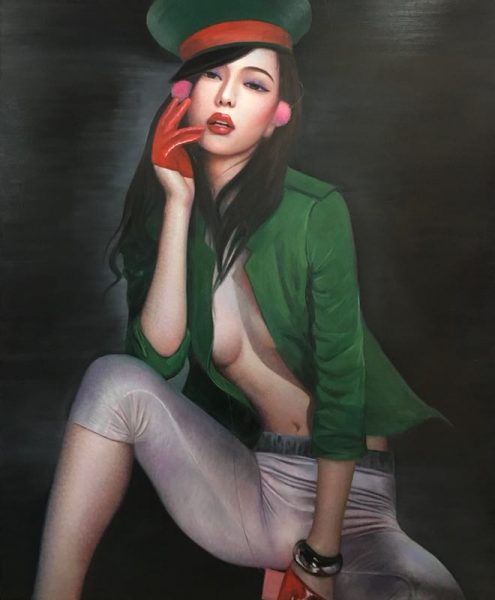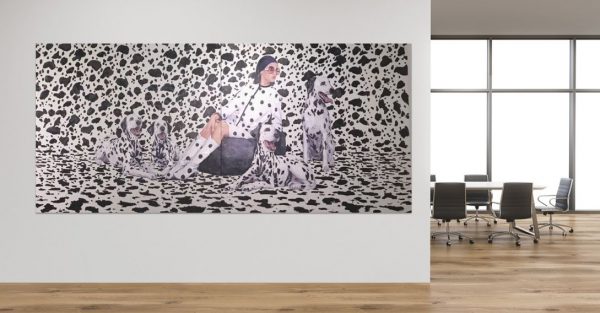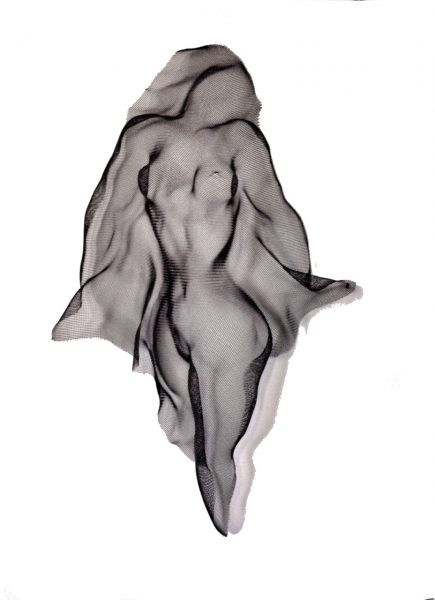When you think about it, not many investments you make are physical. In stocks, all you have are numbers on a computer screen. It’s the same with a bond. This can get boring and tedious.

Art, however, represents something tangible. Something you can see on your own walls. Sometimes it’s even very pretty to look at.
Expensive
The most expensive painting sold so far is The Card Players by French maverick Paul Cezanne, who painted it towards the end of the 19th century. The painting was sold by George Embiricos and made $274 million.

It’s a lot of money, but we’re not all going to get our hands on a Cezanne, or a Van Gogh, or a Picasso, and we’re not all going to make $274 million.
But this is where the fun comes in – discovering the next Picasso.
Scouting for Art
A lot of professional art collectors recognise the value of discovering the next Picasso. Often times, they don’t limit themselves to high-priced art or big names.

Because art, is something to be enjoyed. But it’s also something that eventually bears lots of fruit from the money tree. Scouring the world for the next masterpiece, unlike stocks and bonds, can actually be pleasurable. You get to see what you’re investing in, and you get a real buzz.
The best thing is that a huge amount of awesome contemporary art is out there – just waiting for you to discover it! You could be the one who turns a young, undiscovered but brilliant artist into a star. How awesome does that sound?
Value
The ‘problem’ with investing in art is that a piece of art can have a long holding period. If you buy an artwork, it could be years before you get the chance to sell it for a big profit. Some investors are put-off because it’s an illiquid asset.

For some, this does represent a problem. Others – the more savvy among us – realise this isn’t a problem. Contemporary art represents a significant asset – and it’s an asset many of us can afford. Even better, the audience for art is growing and growing. People love contemporary art – and they’re prepared to pay for it.
Moreover, according to the Mei Moses Family of Fine Art Indexes, art rises at the same rate as stocks. If you invest in the right artwork, that painting of a bird that you can’t get your head around could actually outperform everything else in your portfolio.

So, if you’re looking to invest say, 10% of your investment portfolio in illiquid assets, try the exciting world of contemporary art today.
